The first semi-public viewing of the Mozilla Open Design project took place last week in London at the twice-yearly Mozilla All Hands gathering. More than 150 Mozillians visited and offered ideas at a pop-up exhibition installed in one of the meeting rooms.
The exhibition content split into two halves: a series of boards explaining why Mozilla needs to strengthen its brand, how the Mozilla brand was born, its pros and cons and how a proliferation of initiatives and sub-brands has diluted its core messages, and the work done to articulate the Mozilla mission, vision, and role in the world.
The second half of the display took as its starting point the working brand narrative that the Mozilla team has been crafting for the last 3 months. (If you’re new to the branding process, you might be interested to know that most 21st century brands now start with these kind of verbal definitions, before they get anywhere near the visual).
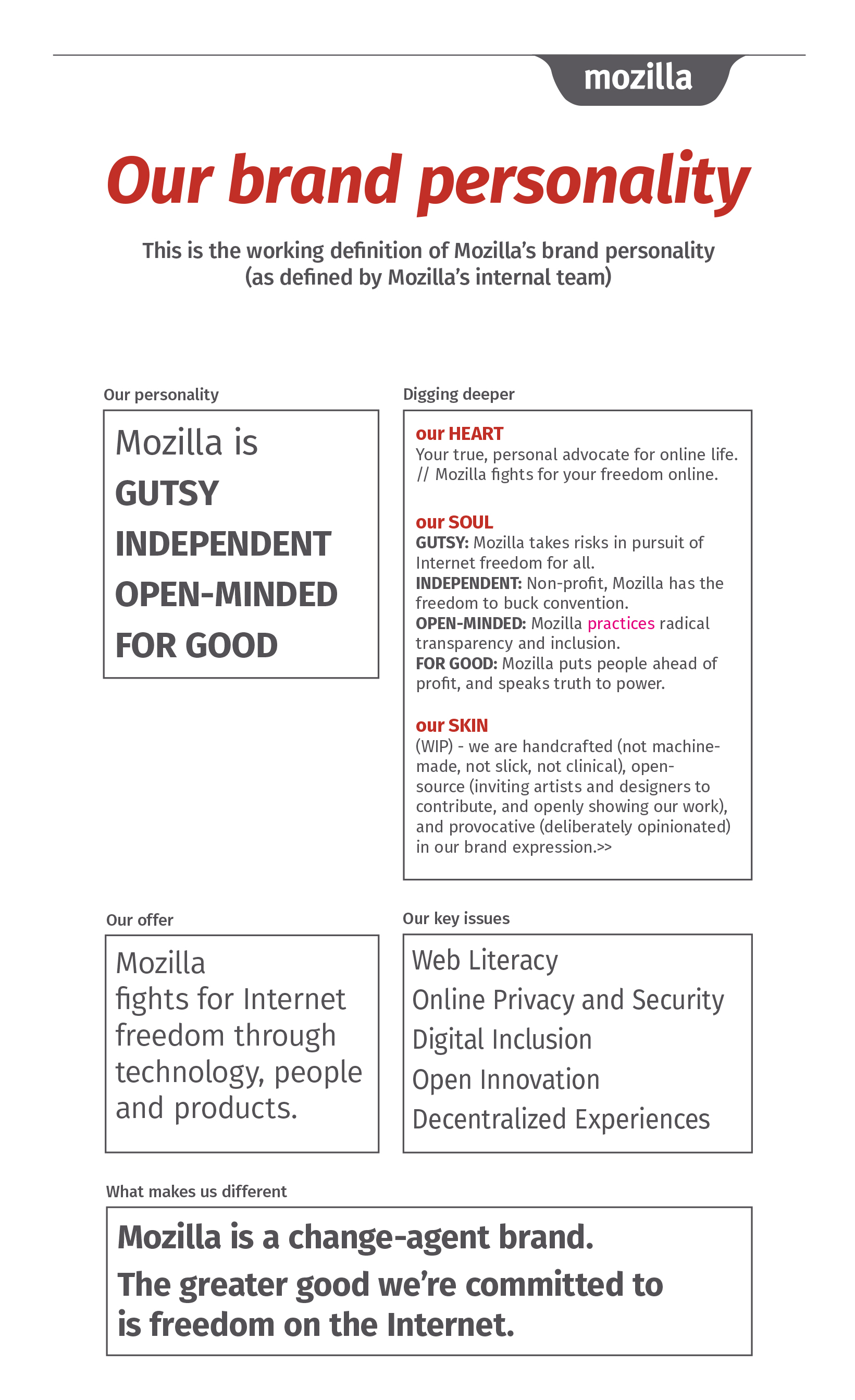 As a team, we mined this working narrative to extract 7 possible thematic directions, shared with conference goers for their reactions and comments.
As a team, we mined this working narrative to extract 7 possible thematic directions, shared with conference goers for their reactions and comments.
Now it’s your turn to brandish virtual Sharpies and Post-its. We’d like your feedback and ideas on this Creative Strategy phase of our work over the next ten days using the comments section below (to compare and contrast the directions) and/or at the end of the post describing each of the 7 directions.
So, have a look at the 7 and ask yourself:
- Which of these best reflect what Mozilla promises to the world?
- Which best reinforce the experiences and values Mozilla delivers?
- Which could communicate the ‘right’ image to the world?
- Which would excite new audiences to know and care about Mozilla’s work?
Try to think as much as you can about where you see Mozilla in the future, not where we’ve come from.
For each theme, we’ve written some trial words to explain what we mean. This takes the form of test ‘narrative’ (the kind of words you might use at the top of a web page, or the words you’d use in a speech) and then some test headlines.
Around each, we’ve also attached some visual prompts—examples of ideas that work with this theme and other organizations that behave this way, for good and bad. (These visual clusters are just references to help bring the themes to life, in case you’re worried).*
Click on a poster to find more content on that theme and share your ideas and feedback.

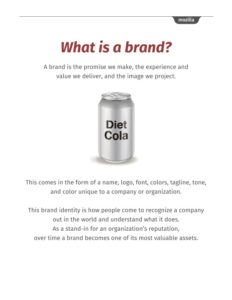
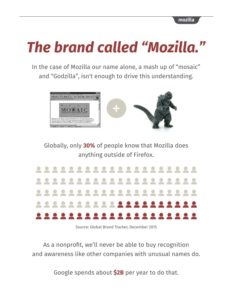
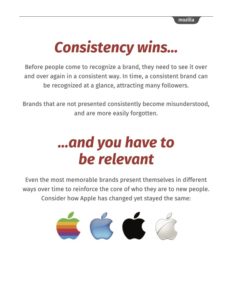
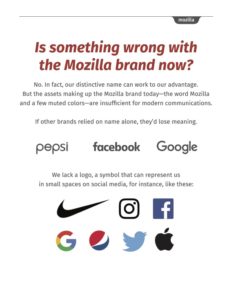
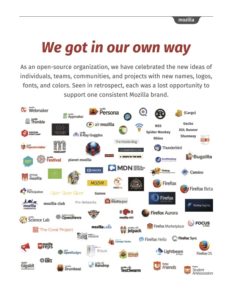
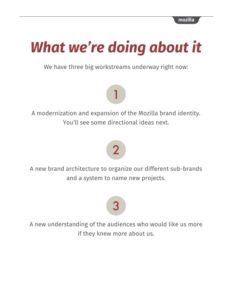
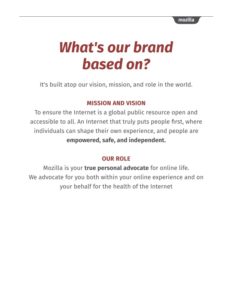
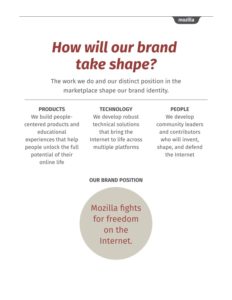
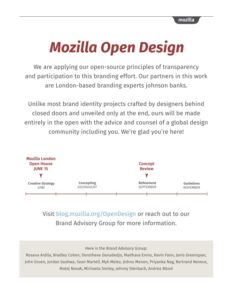
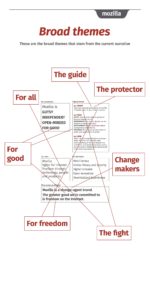
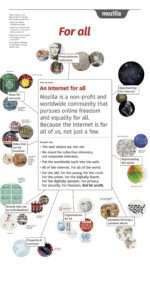
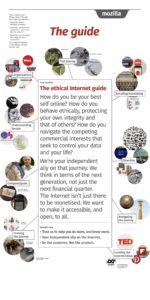
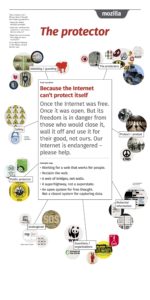
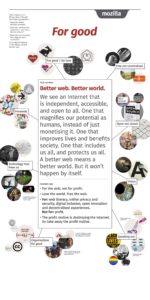

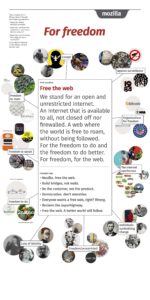
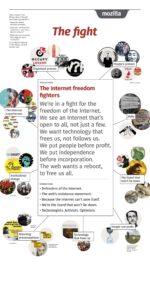






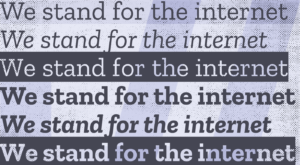



Liz wrote on
Tim Murray wrote on
Shawn wrote on
Tim Murray wrote on
Patrick wrote on
Tim Murray wrote on
André Jaenisch wrote on
Tim Murray wrote on
Hossein ghassempoor aghdam wrote on
Tim Murray wrote on
André Jaenisch wrote on
Tim Murray wrote on
Na_Designer wrote on
Tim Murray wrote on
Edward Allanby wrote on
Tim Murray wrote on
naso wrote on
Tim Murray wrote on
naso wrote on
mim.dal wrote on